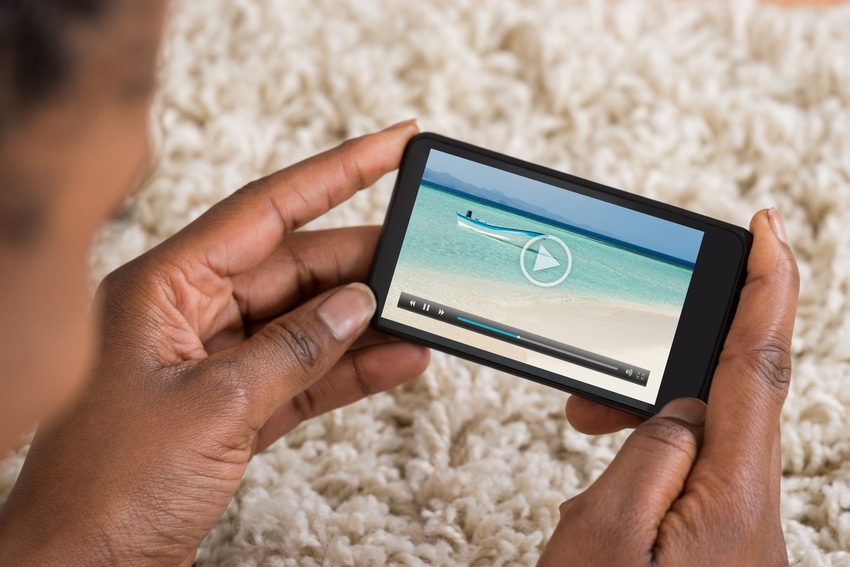Figures released by the US NTIA suggest mobile internet use at home doubled between 2013 and 2015, with domestic mobile connectivity gaining ground on wireline.
April 19, 2016

Figures released by the US NTIA suggest mobile internet use at home doubled between 2013 and 2015, with domestic mobile connectivity gaining ground on wireline.
The National Telecommunications and Information Administration, a government organisation, collected data from more than 50,000 US households, and found that wireline connectivity for home internet use reduced from 82% in 2013 to 75% in 2015. Connectivity via cellular, conversely, ramped up from 10% to 20% in the same period.
All you can eat bundles, offered by the likes of T-Mobile, are apparently fuelling the reliance on mobile internet access by a proportion of US demographics growing with impressive momentum.
Writing on the NTIA’s blog, Chief Economist for the Office of Policy Analysis and Development Giulia McHenry also emphasised the growing disparity between economic demographics, showing that households with the lowest income rely the most on mobile internet. 30% of households earning less than $25,000 per annum utilise mobile internet at home, compared to 15% of those earning more than $100k.
“These results suggest that although wired Internet service continued to be the preferred mode of home Internet use in 2015 among those most likely to be able to afford it, the use of mobile data plans is clearly becoming more popular across demographics,” she wrote. “It is also important to note that all of the figures above describe households that use the Internet at home. Twenty-seven percent of American households still do not use any Internet service from home, reflecting persistent disparities in adoption.”
McHenry went on to encourage tariff and policy makers at the country’s operators to consider the shifting trend in internet consumption being observed this year.
“In light of the advantages and limitations of mobile Internet service, policymakers should consider the implications of this shift when crafting policies aimed at getting all Americans online,” she said.
Concluding the post, McHenry warned against a new digital divide between those who can fully embrace the variety of digital services available today, and those who access rudimentary services without making full use of the connectivity possible.
“The plethora of connected devices now available opens up exciting possibilities, though it also raises the specter of a new type of digital divide. This new divide is characterized not solely by whether an individual can use the Internet, but by the full range of capabilities available to the user, including whether that person can access sufficient service and a device that is suited to a particular task.”
About the Author(s)
You May Also Like








.png?width=300&auto=webp&quality=80&disable=upscale)


_1.jpg?width=300&auto=webp&quality=80&disable=upscale)


.png?width=800&auto=webp&quality=80&disable=upscale)